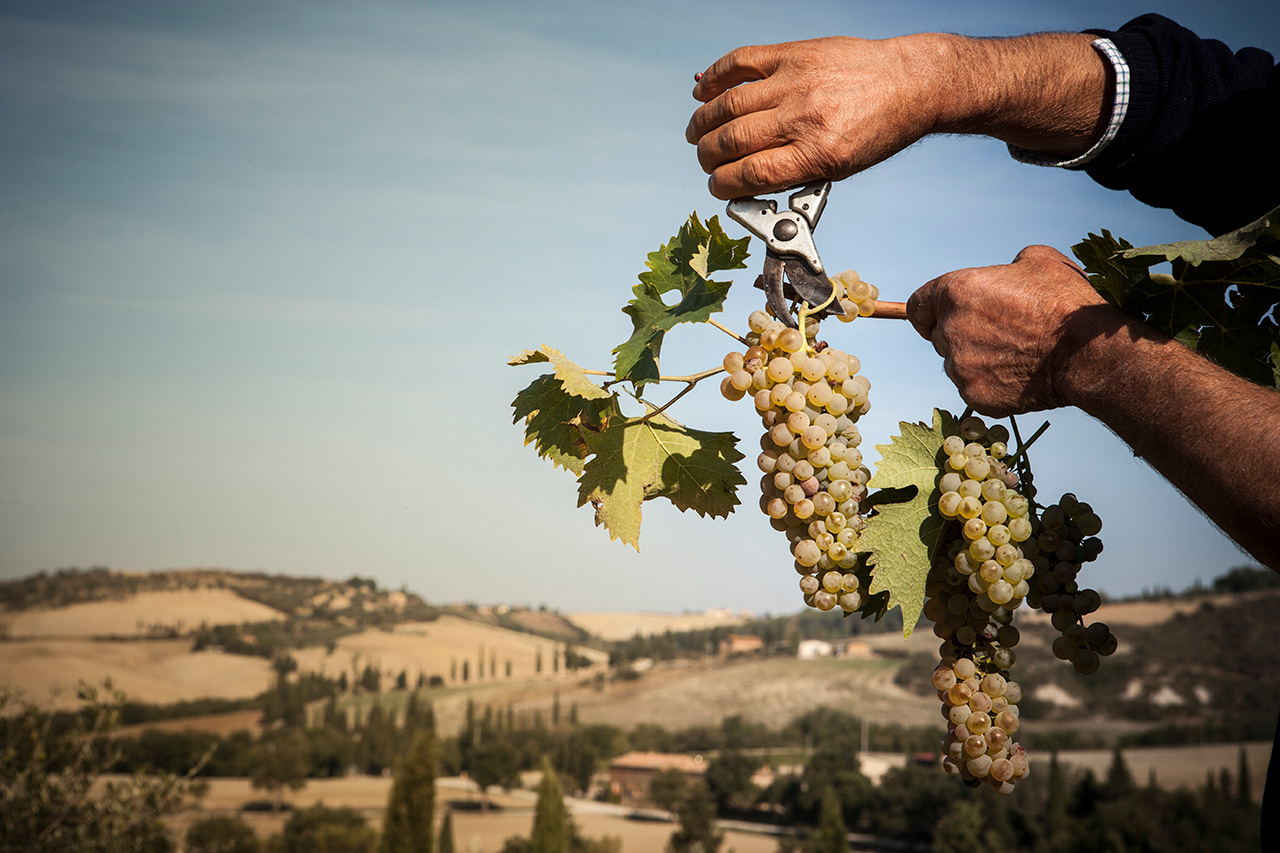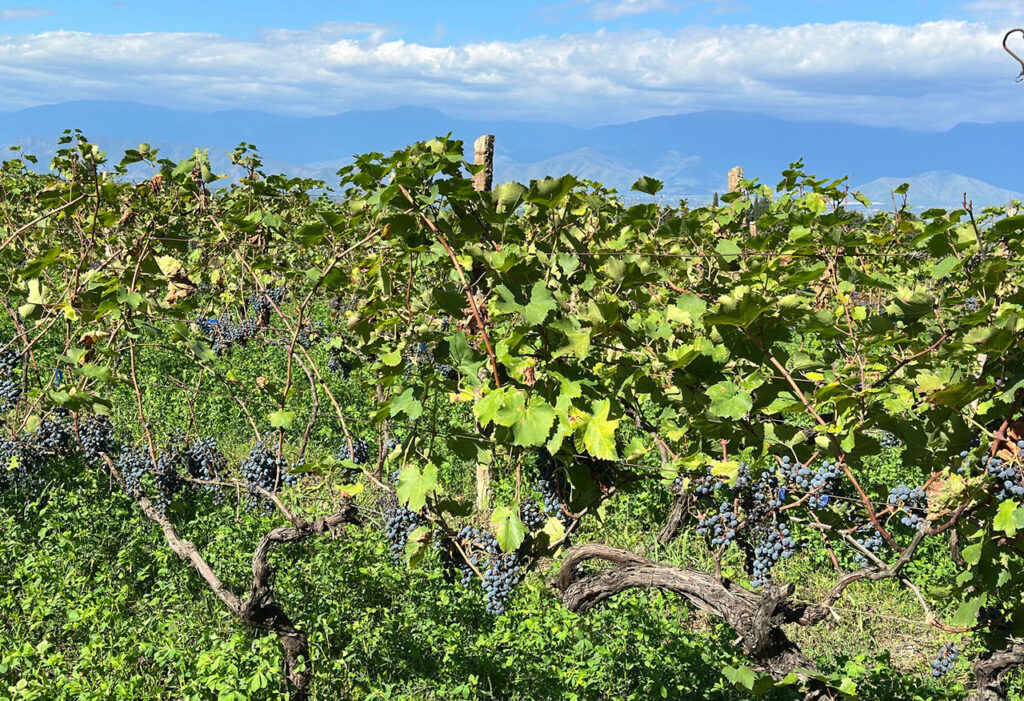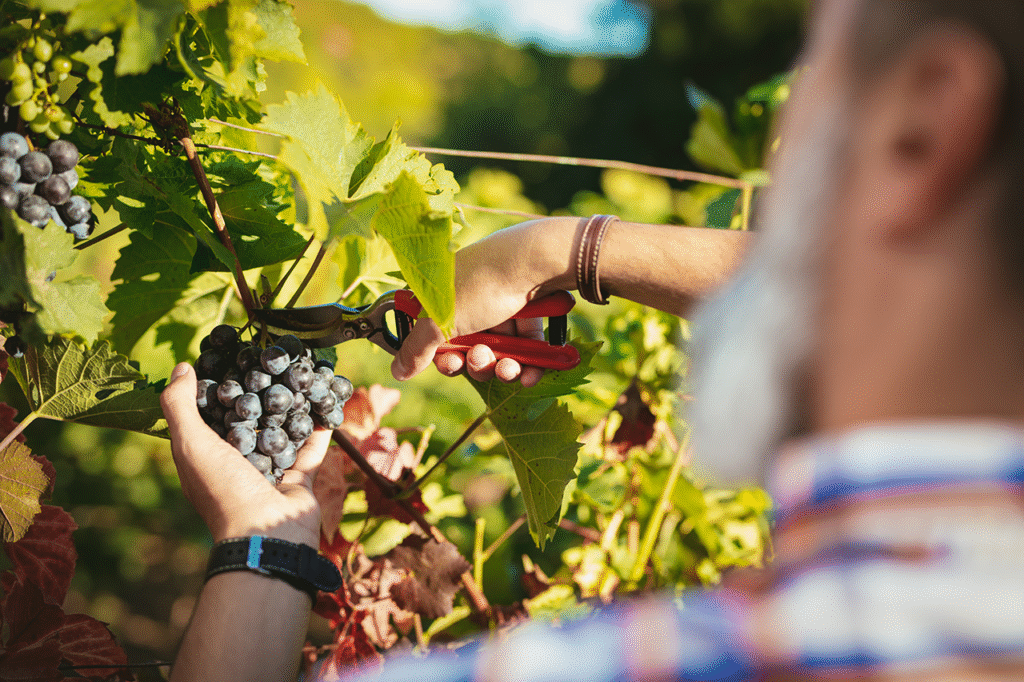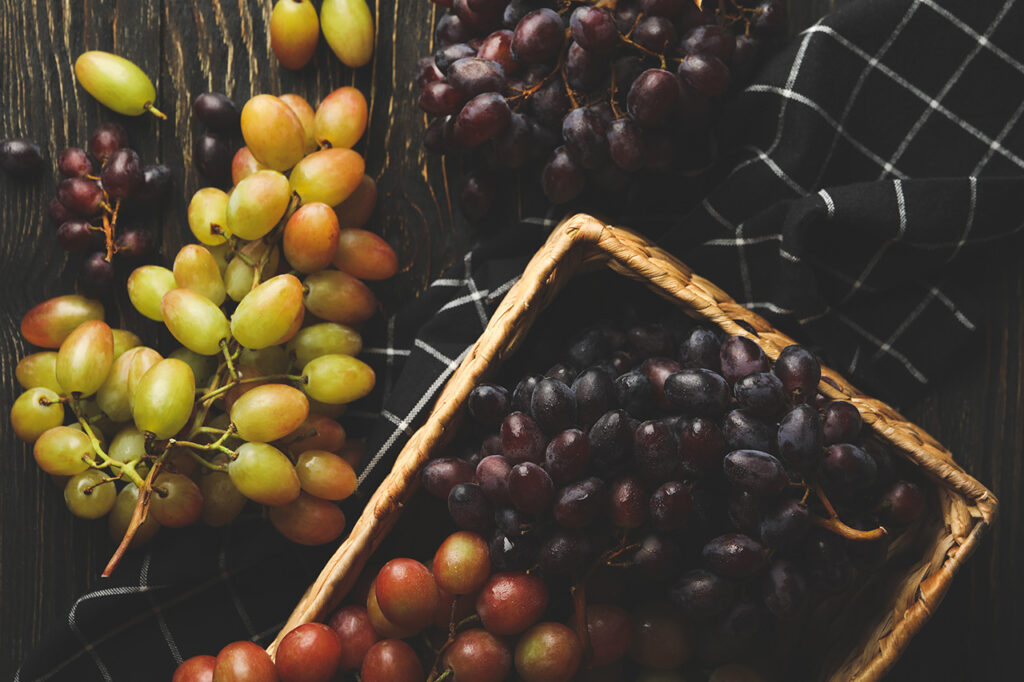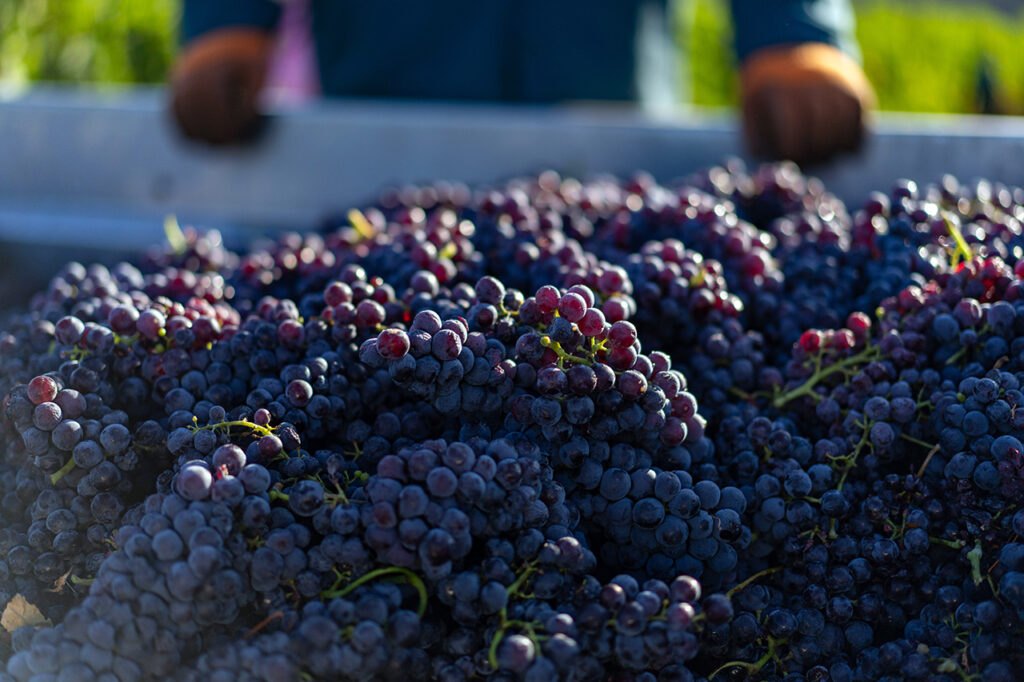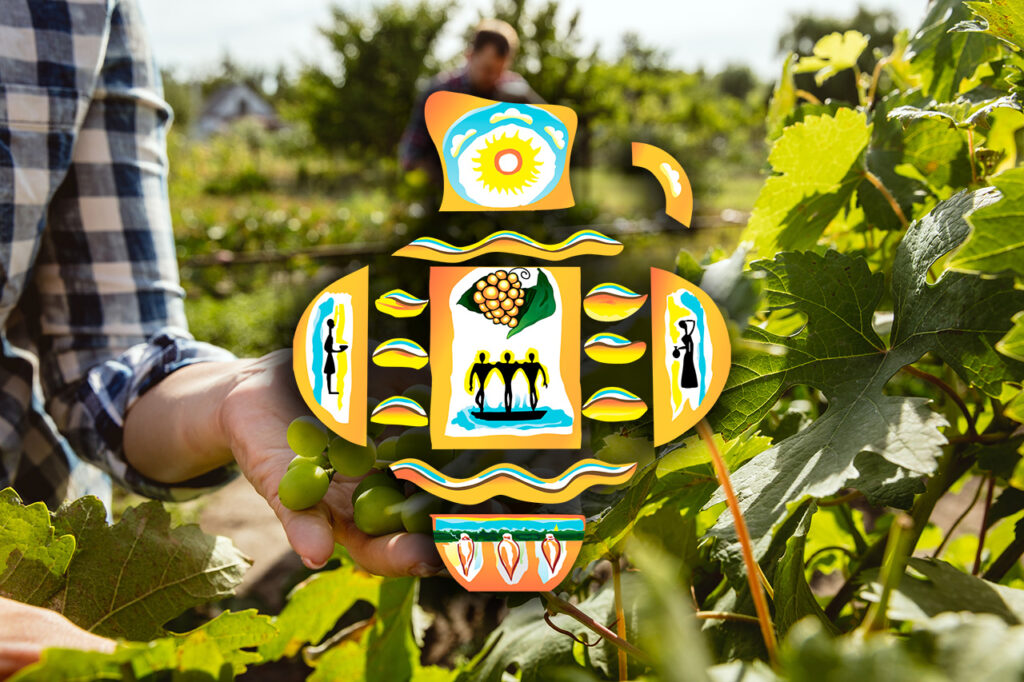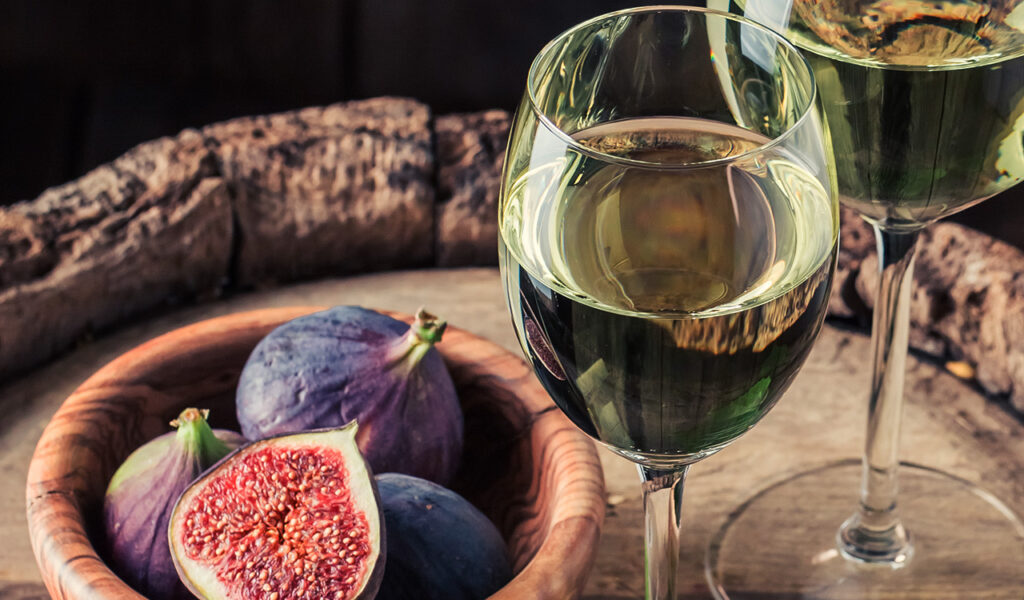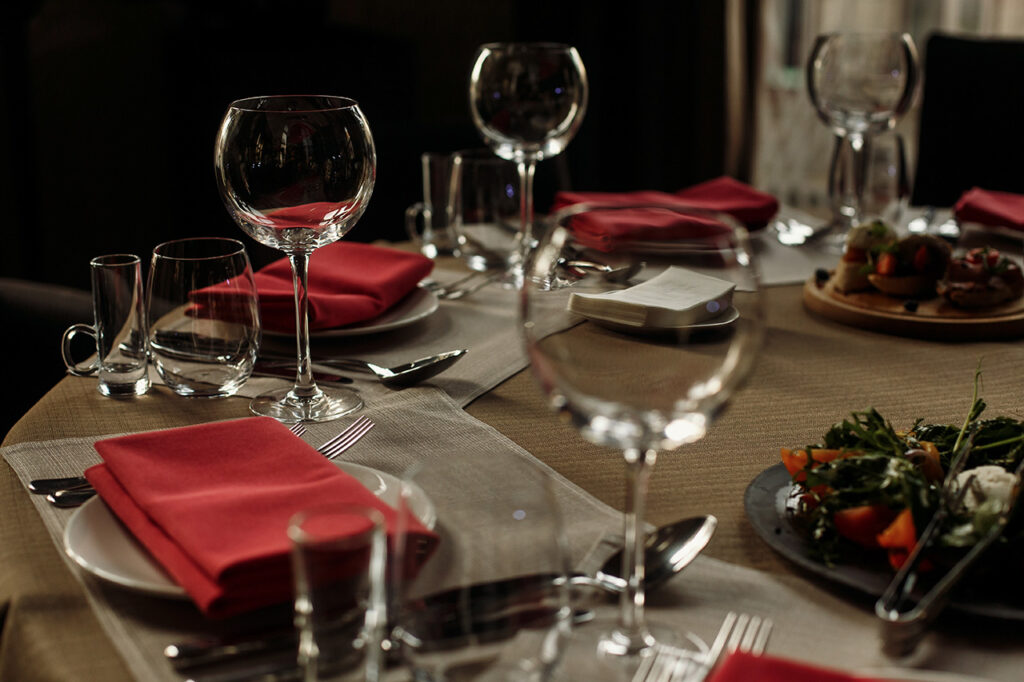Italy’s Tuscany and Georgia both boast centuries-old winemaking traditions, yet their approaches to viticulture and vinification could not be more different. While Tuscany has refined its methods under the influence of European appellation systems, producing some of the world’s most structured and elegant wines, Georgia remains steadfast in its ancient, natural approach, using techniques that date back over 8,000 years. However, in recent years, some Georgian wineries have begun adopting European winemaking techniques, bridging the gap between the two styles. Let’s explore the key differences between these two remarkable wine cultures.
The Vineyard: Terroir and Grape Varieties
Tuscany is home to the rolling vineyards of Chianti, Montalcino, and Montepulciano, where Sangiovese reigns supreme. The region’s terroir, characterized by limestone-rich soils, warm Mediterranean breezes, and varying elevations, shapes wines with bright acidity, firm tannins, and excellent ageing potential. The introduction of international varieties like Cabernet Sauvignon and Merlot has led to the rise of Super Tuscans, blending tradition with innovation. Vino Nobile di Montepulciano, one of Tuscany’s most historic wines, showcases the finesse of Prugnolo Gentile, a local clone of Sangiovese, often aged in oak for complexity and depth.
In contrast, Georgia is a land of 500+ indigenous grape varieties, cultivated across diverse regions such as Kakheti, Imereti, and Racha. Key grapes like Saperavi (red) and Rkatsiteli (white) thrive in Georgia’s varied climate, from the humid Black Sea coast to the drier valleys of the east. Unlike Tuscany, where vineyards often follow controlled yield practices, Georgian viticulture is more natural and holistic, focusing on biodiversity and sustainability. Some modern Georgian wineries, however, have begun employing French oak barrels and stainless steel fermentation tanks, adapting European winemaking principles to local varieties.
Winemaking Techniques: Oak Barrels vs. Qvevri Fermentation
One of the starkest contrasts between Tuscan and Georgian winemaking lies in fermentation and ageing vessels. Tuscan wines, especially those from Chianti, Brunello di Montalcino, and Vino Nobile di Montepulciano, are typically fermented in stainless steel tanks before being aged in oak barrels. The use of Slavonian or French oak imparts structure, complexity, and subtle spice notes to the wines, allowing them to develop finesse over time.
Georgia, on the other hand, maintains its ancient Qvevri method, where wine ferments and matures in large clay vessels buried underground. This technique allows for extended skin contact in both red and white wines, leading to highly textured, tannic expressions—most notably in amber wines, a signature style unique to Georgia. Unlike Tuscany’s measured use of oak, Qvevri wines develop naturally, without additional external influences, relying solely on the clay’s micro-oxygenation to shape their character.
However, a new generation of Georgian winemakers is experimenting with European winemaking techniques, using controlled fermentation in stainless steel and oak barrels rather than Qvevri. These wines, often crafted for the international market, present a more polished and refined profile, making them more accessible to wine lovers unfamiliar with traditional Georgian styles.
Aging and Wine Styles: Structure vs. Bold Authenticity
Tuscan wines are built for ageing, with strict DOCG regulations ensuring that wines like Brunello di Montalcino and Vino Nobile di Montepulciano (both based on Sangiovese) spend several years ageing, part of which is in oak. The result is a wine with refined tannins, deep fruit concentration, and remarkable longevity.
Georgian wines, especially those made in Qvevri, follow a different path. While some reds like Saperavi can age gracefully for decades, many wines are enjoyed young, with their raw, unfiltered nature appealing to those who seek authentic, unmanipulated expressions of terroir. The extended skin-contact method for white wines results in deep amber hues, bold tannins, and earthy complexity—a stark contrast to the crisp, fruit-forward whites of Tuscany.
Taste Profiles: Elegance vs. Untamed Character
Tuscan wines are known for their balance, elegance, and structured acidity, with Sangiovese-driven wines displaying red cherry, leather, tobacco, and herbal notes. The influence of oak softens and rounds out the wines, creating a polished, harmonious drinking experience. Vino Nobile di Montepulciano, for example, offers a more refined, complex profile, with floral and spice notes emerging from its extended ageing process.
By contrast, Georgian wines, especially those made in Qvevri, exhibit bolder, earthier characteristics, often with notes of dried fruit, nuts, honey, and tea leaves. Red wines like Saperavi bring deep blackberry, plum, and smoky mineral elements, with tannins that feel wilder and more gripping than their Tuscan counterparts.
However, with the growing adoption of European winemaking methods in Georgia, some wines are now emerging with cleaner, more structured profiles, offering an alternative for those who prefer a balance between tradition and modern refinement.
A Journey Through Time and Taste
Both Tuscany and Georgia represent the highest expressions of winemaking tradition, yet their approaches diverge dramatically. Tuscany embodies a refined, structured, and oak-driven philosophy, while Georgia celebrates an untamed, ancient, and clay-based heritage. However, modern Georgian winemakers who adopt European techniques are helping to bridge this gap, creating wines that appeal to both tradition-seekers and contemporary palates.
For wine lovers, experiencing both styles is a must—whether it’s a classic Vino Nobile di Montepulciano with layers of sophistication or a Qvevri-aged amber wine with deep, ancestral roots, each glass offers a journey through the history, culture, and passion of its homeland.
